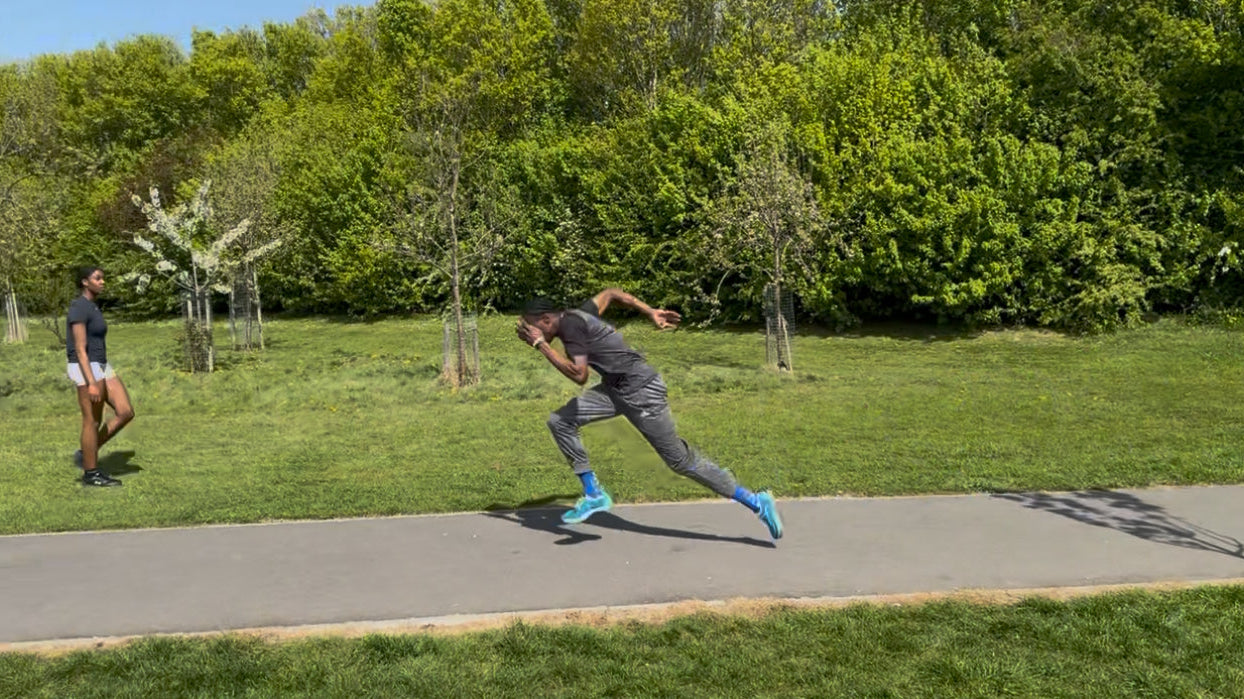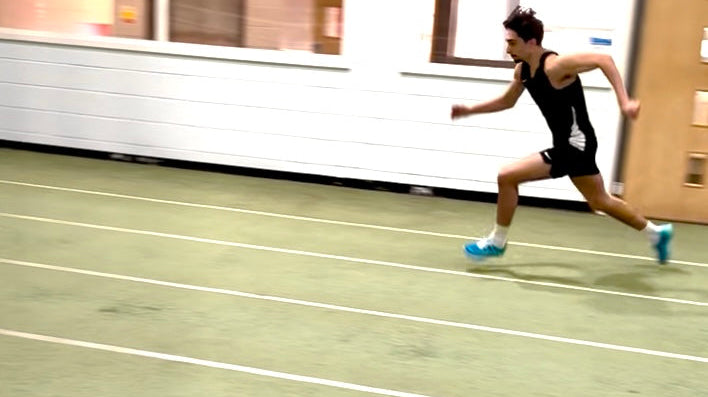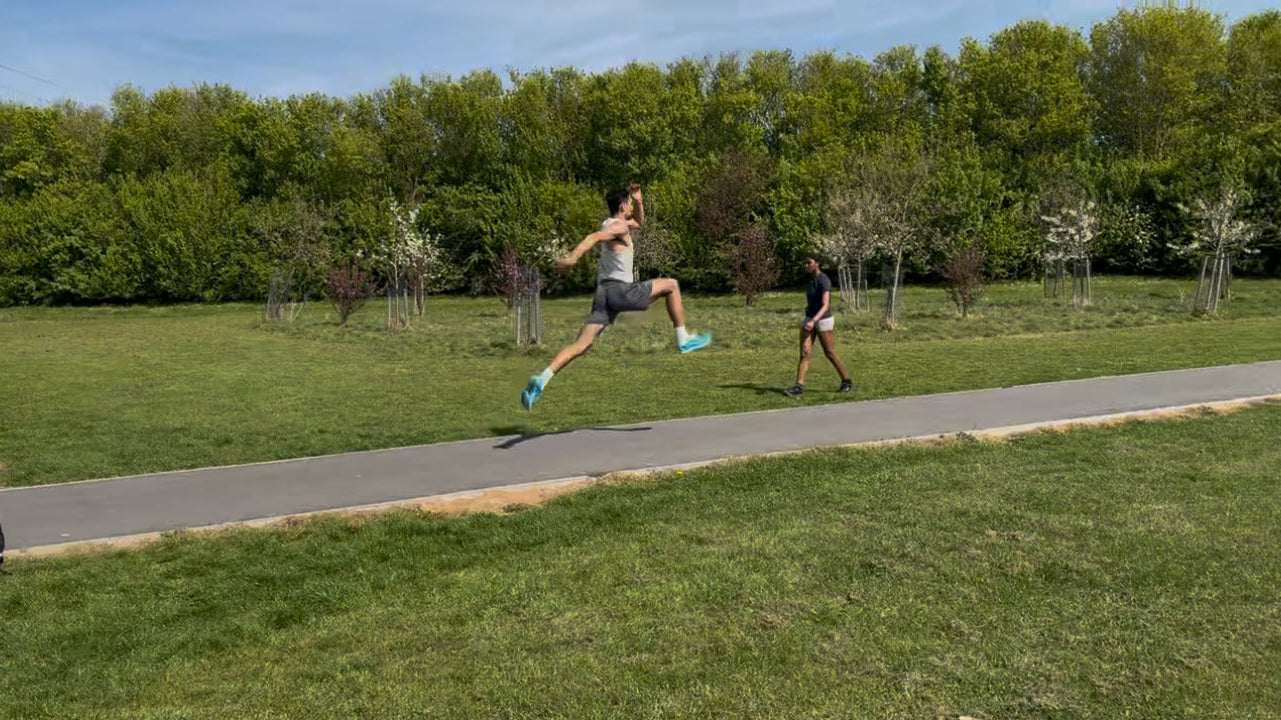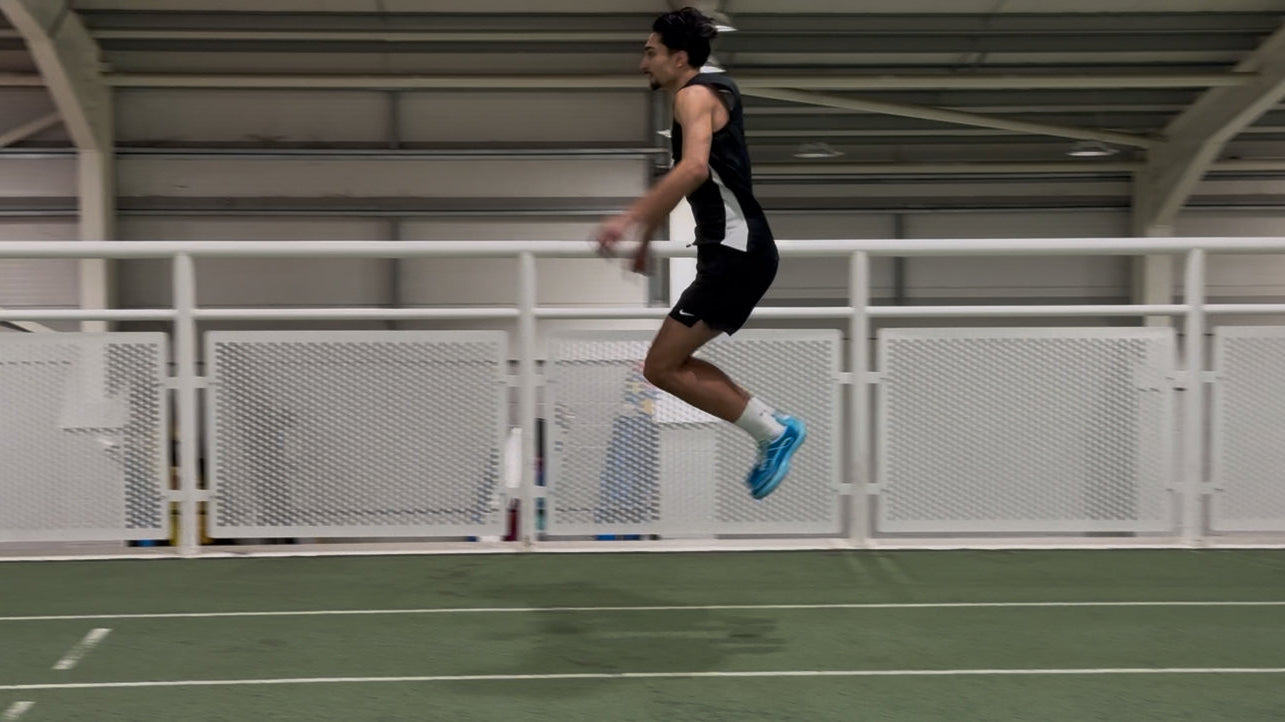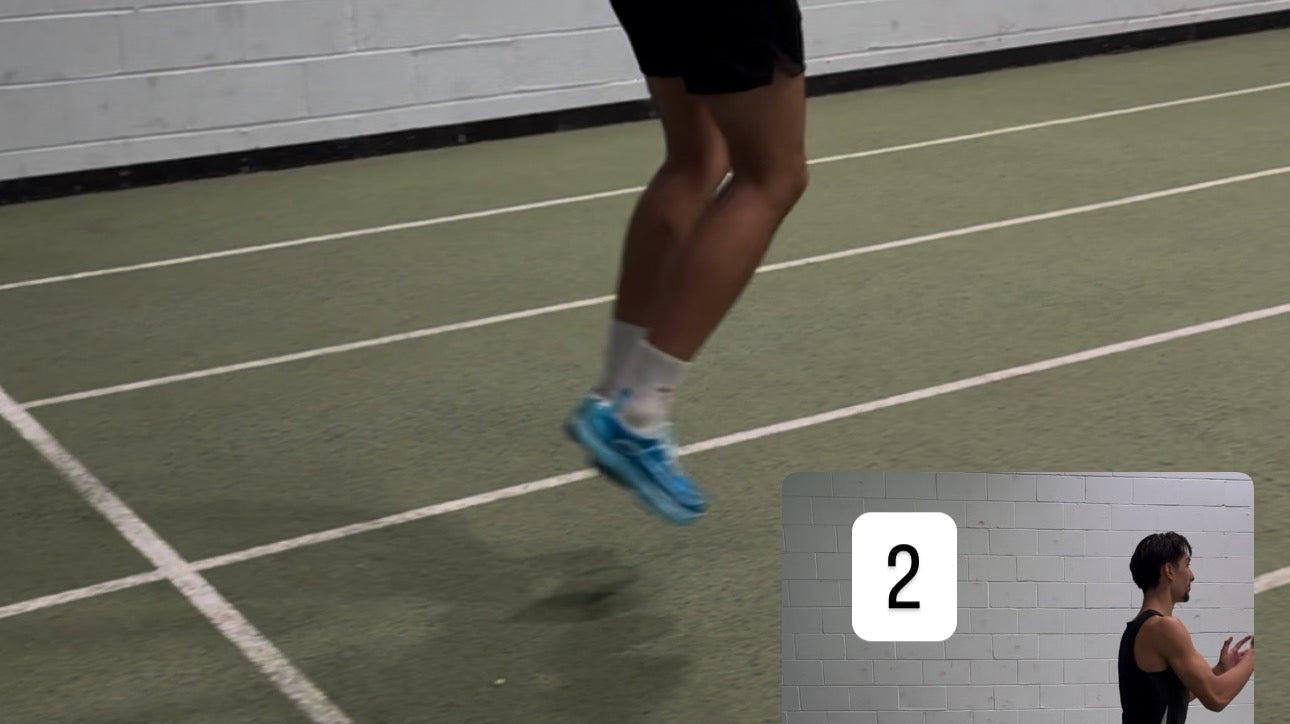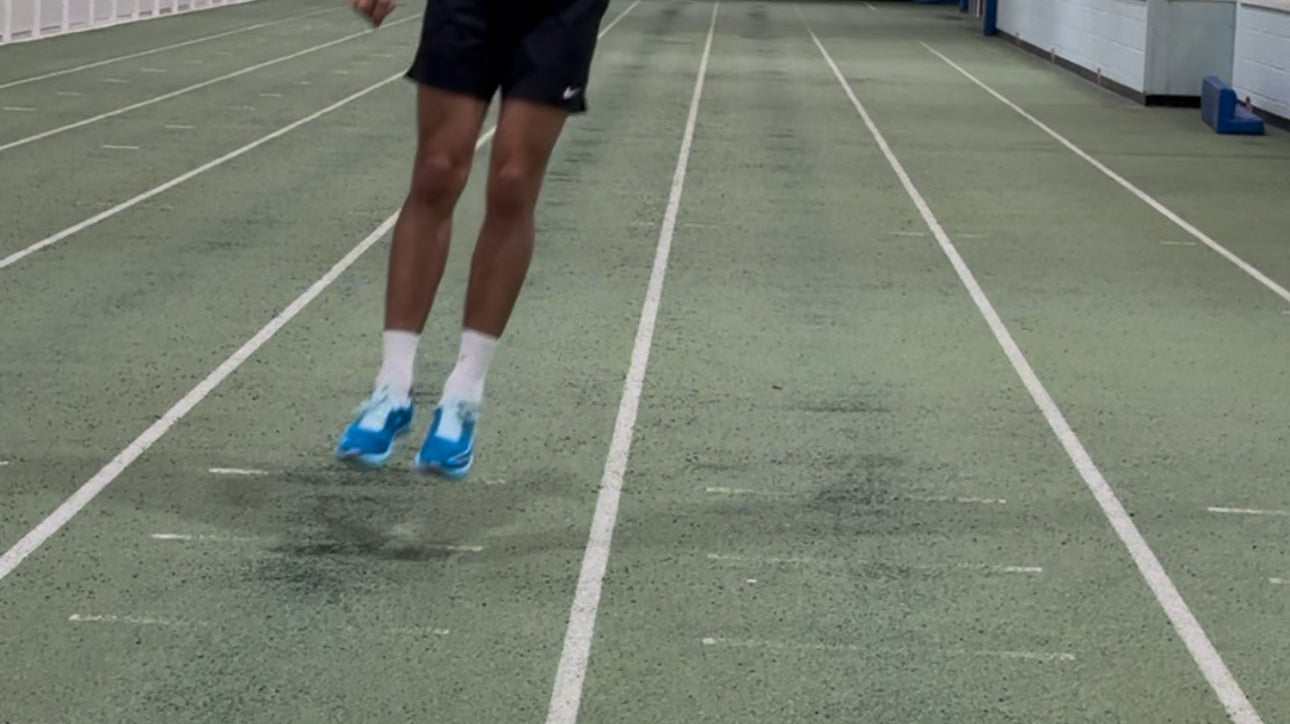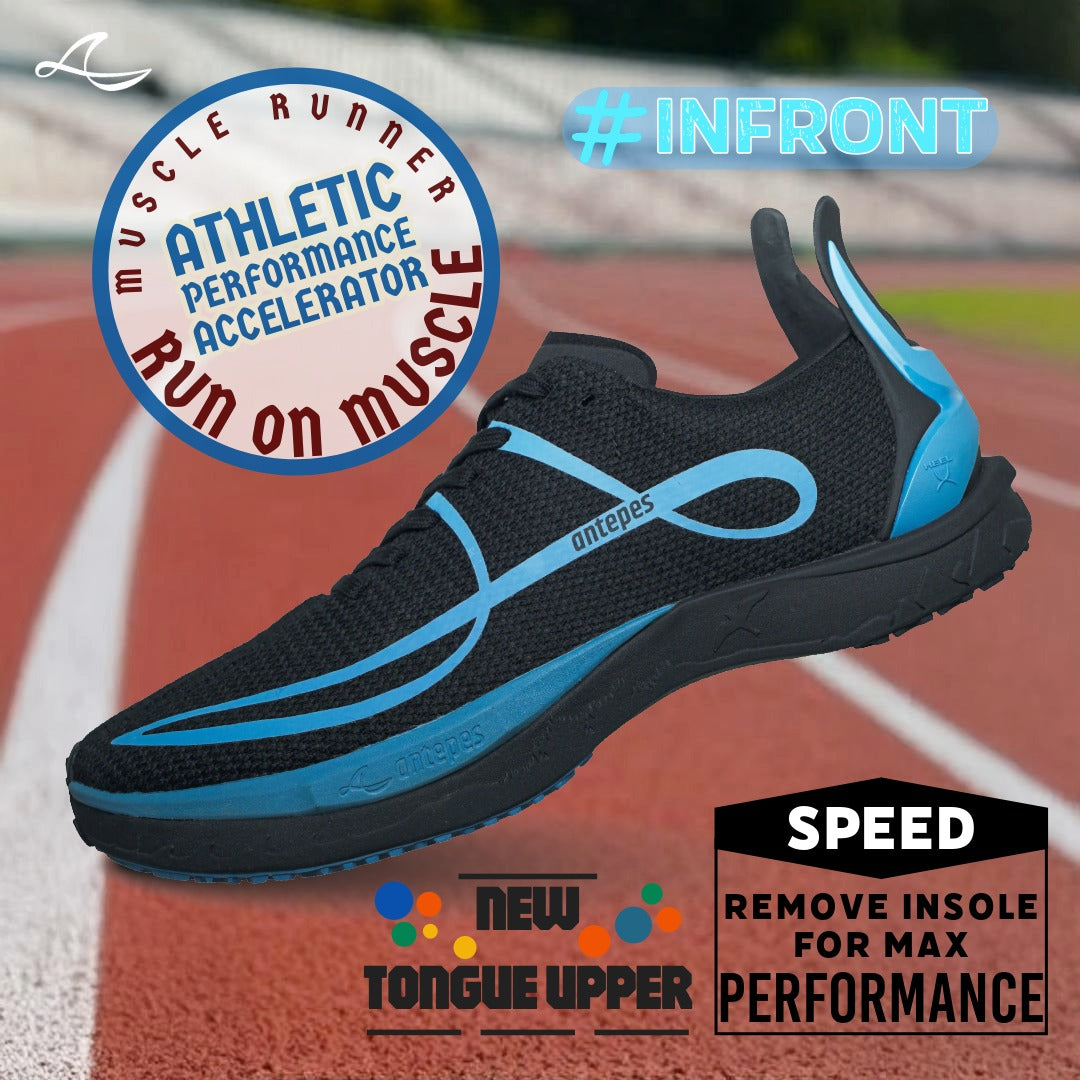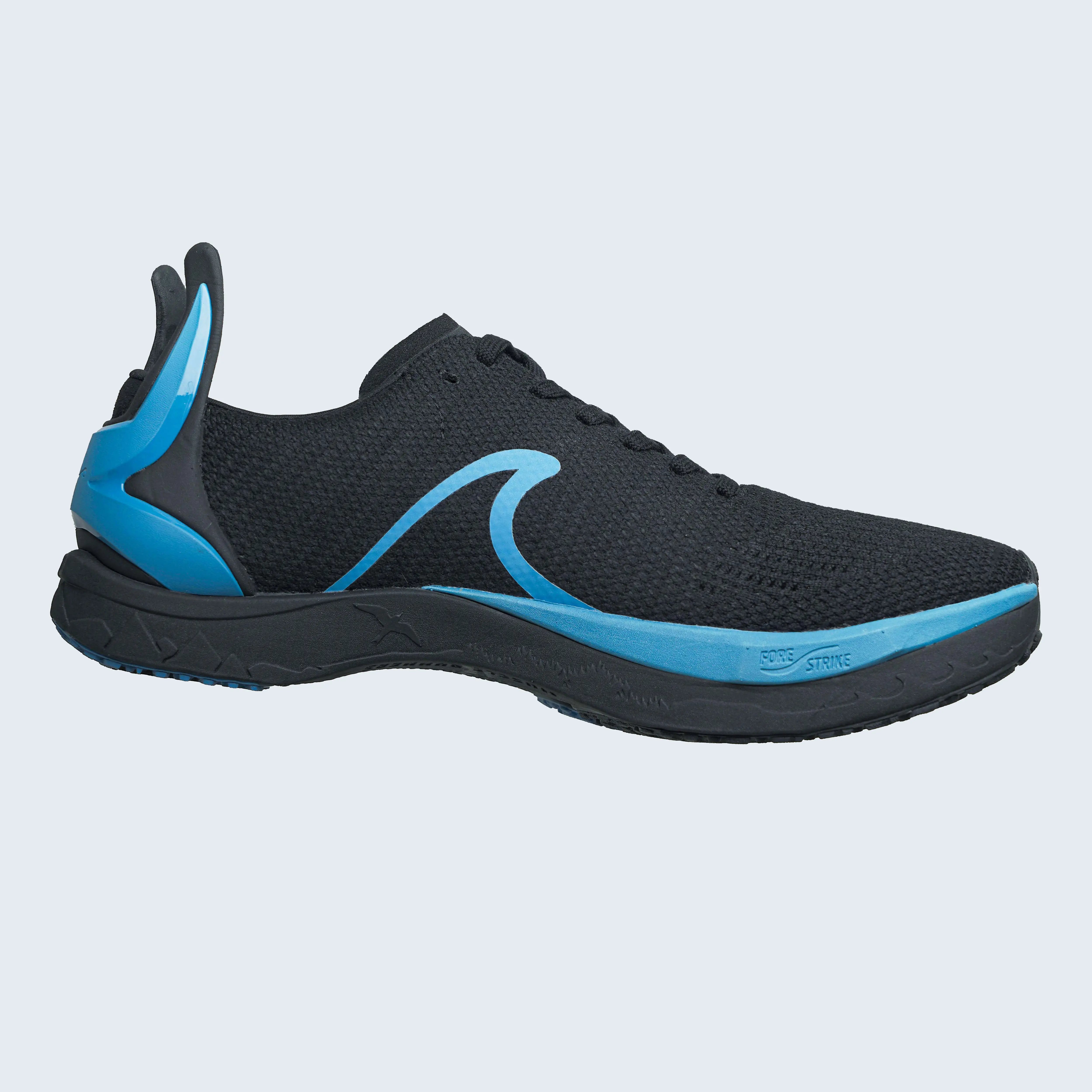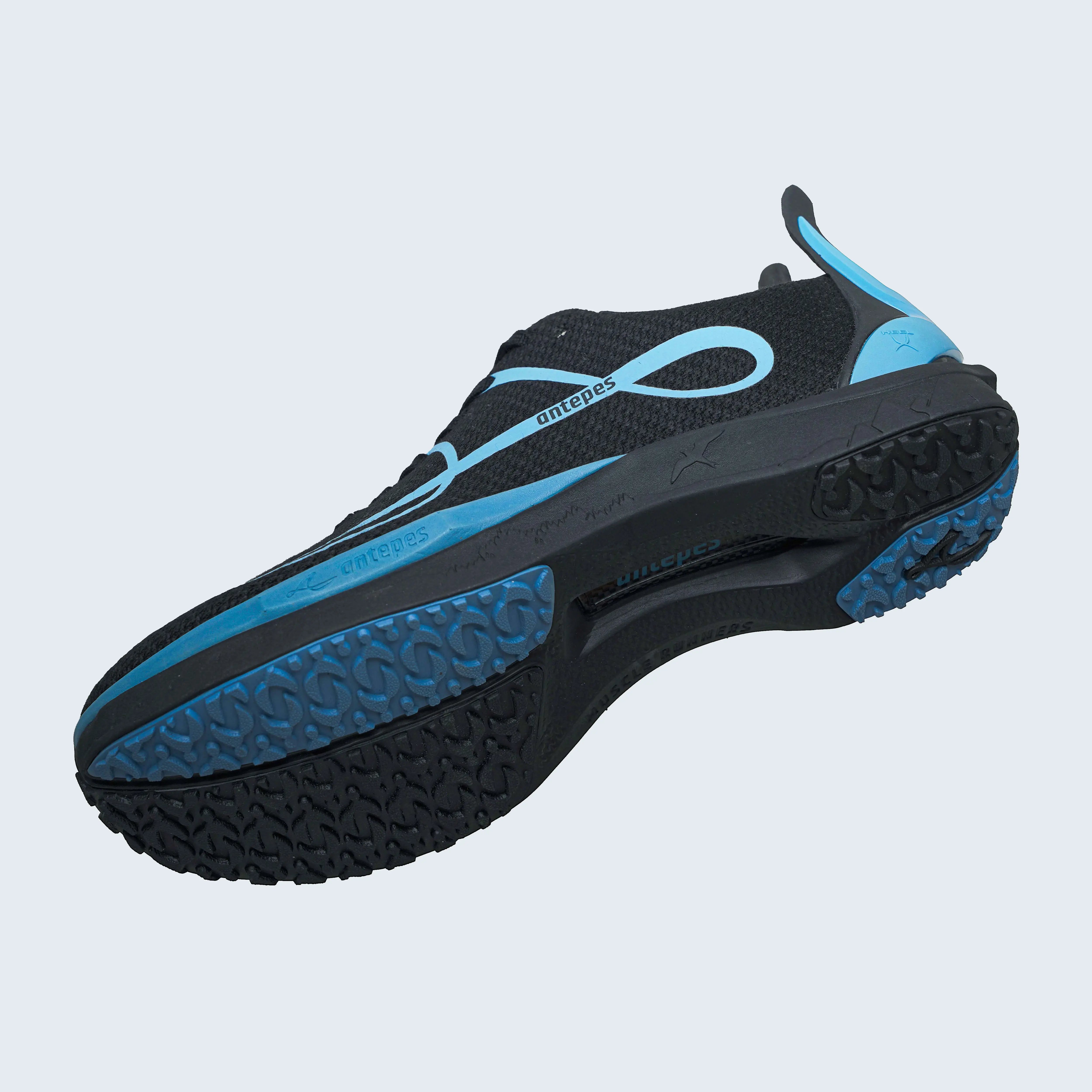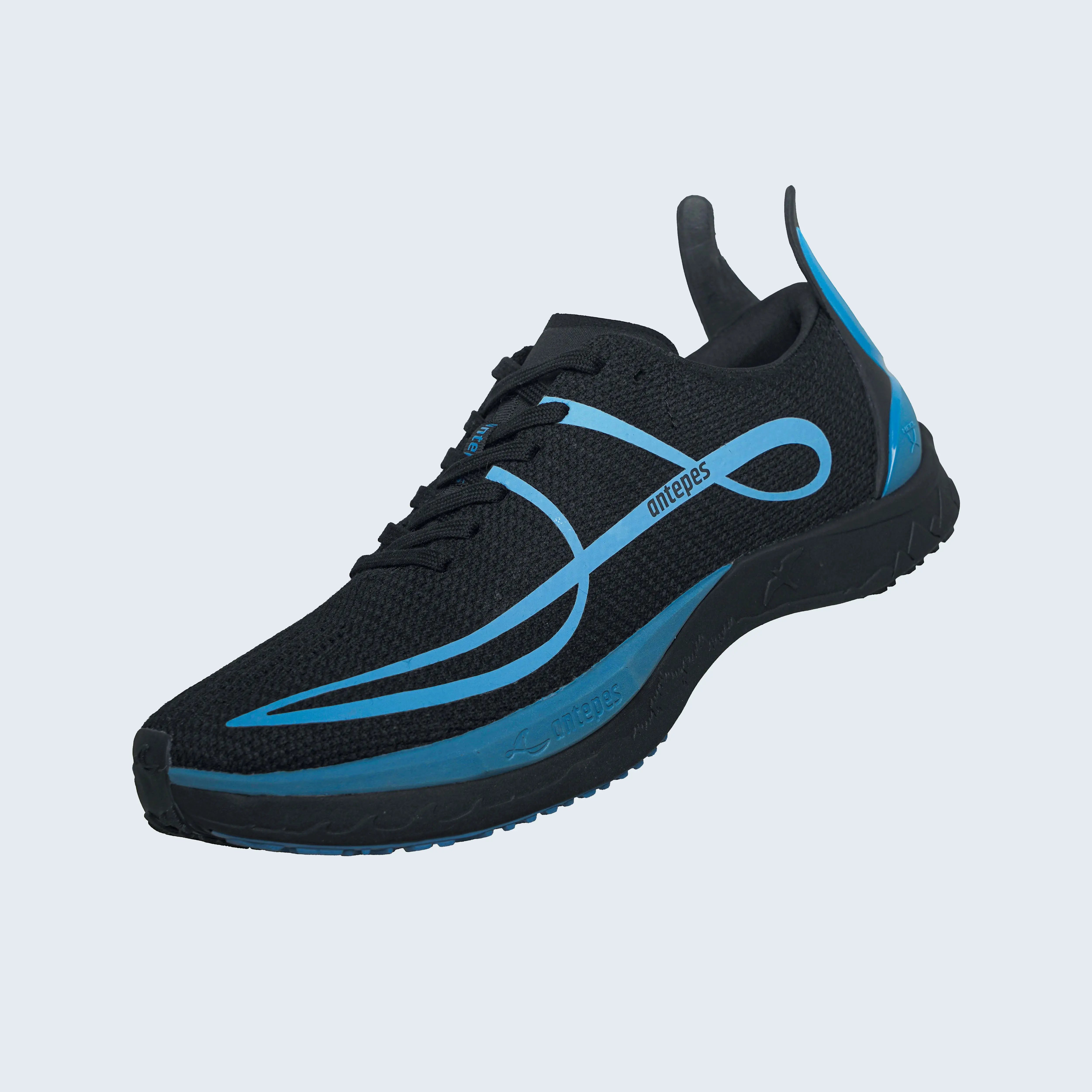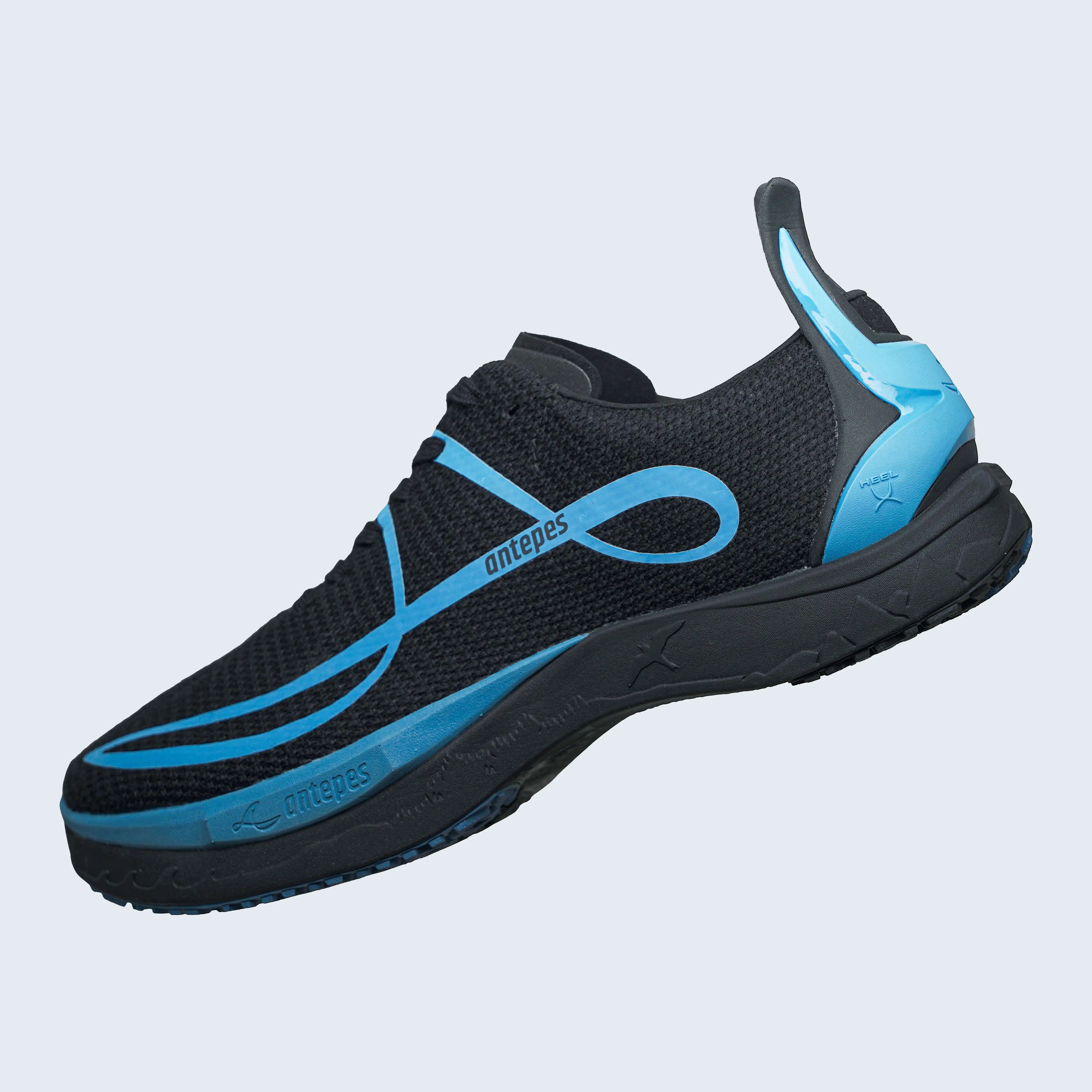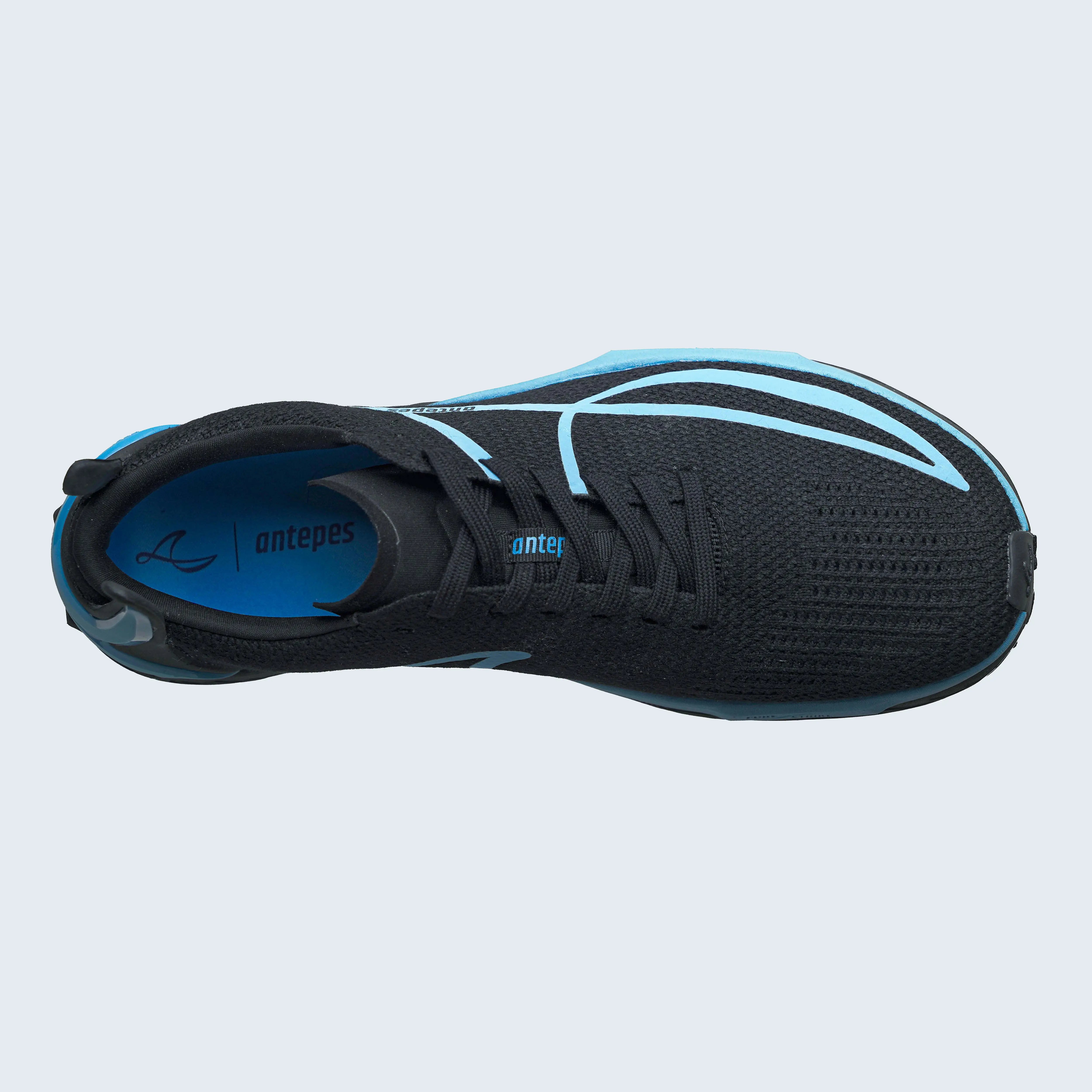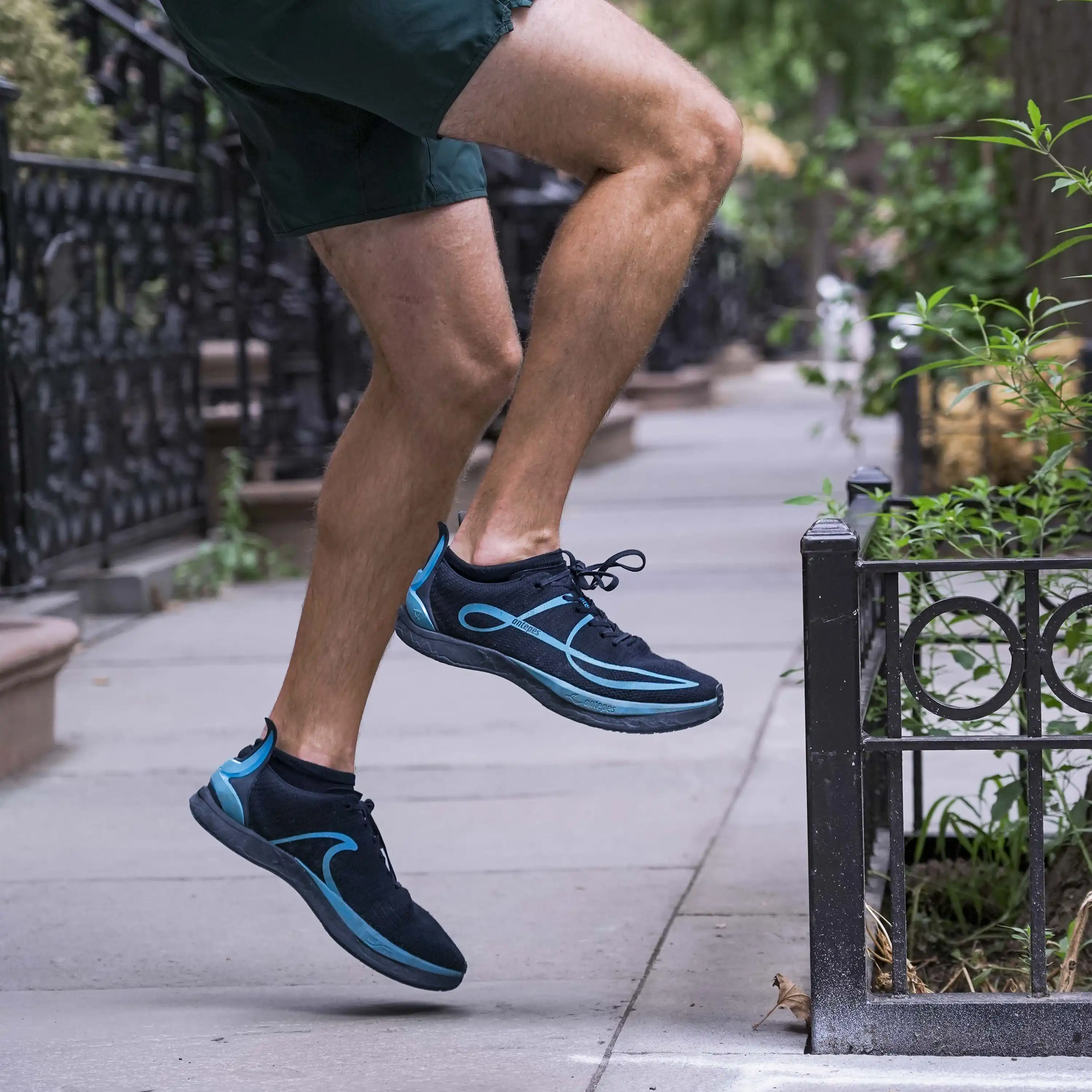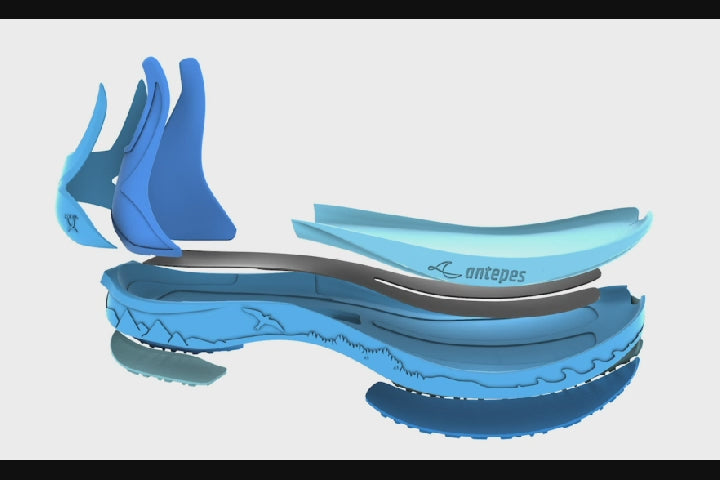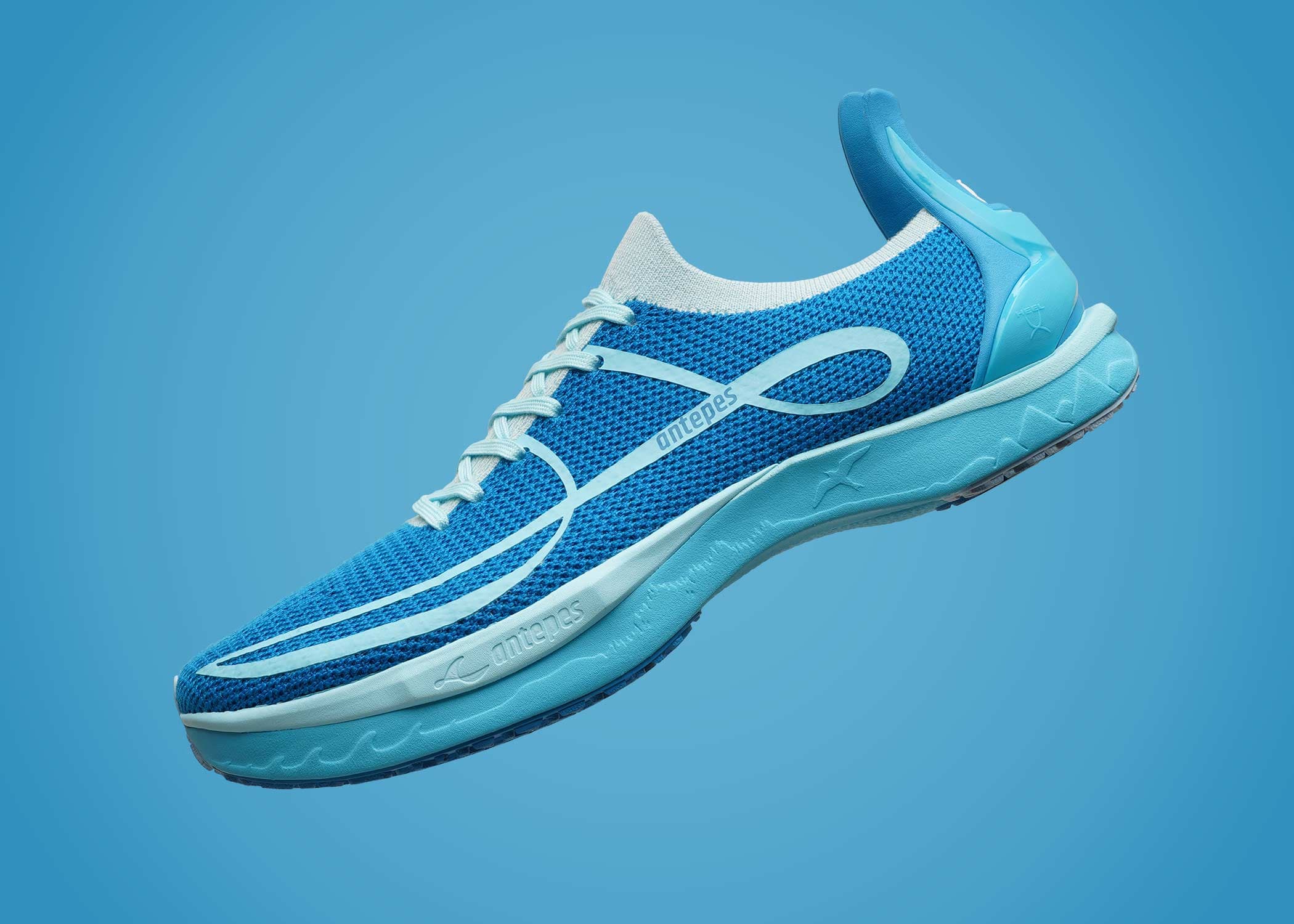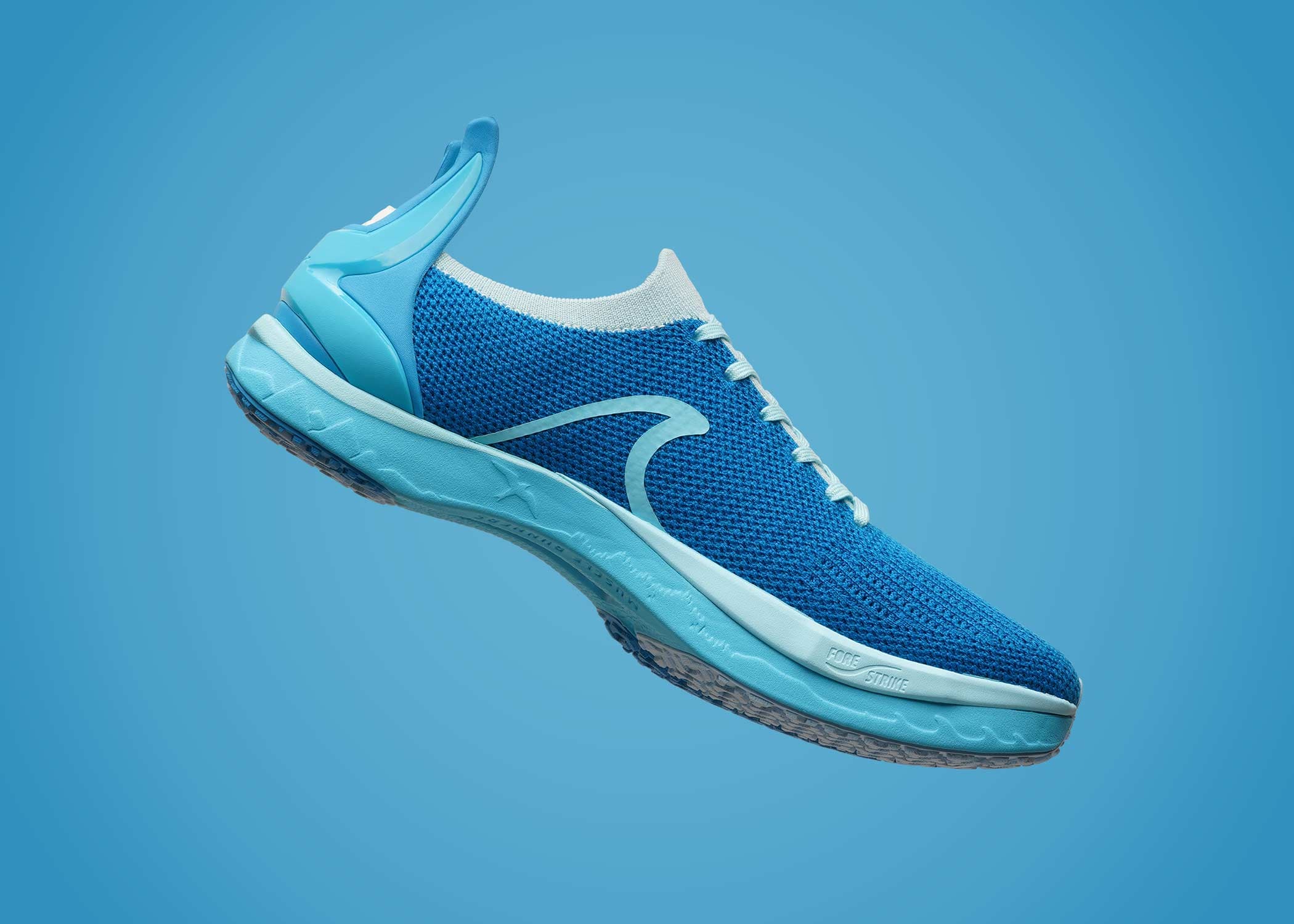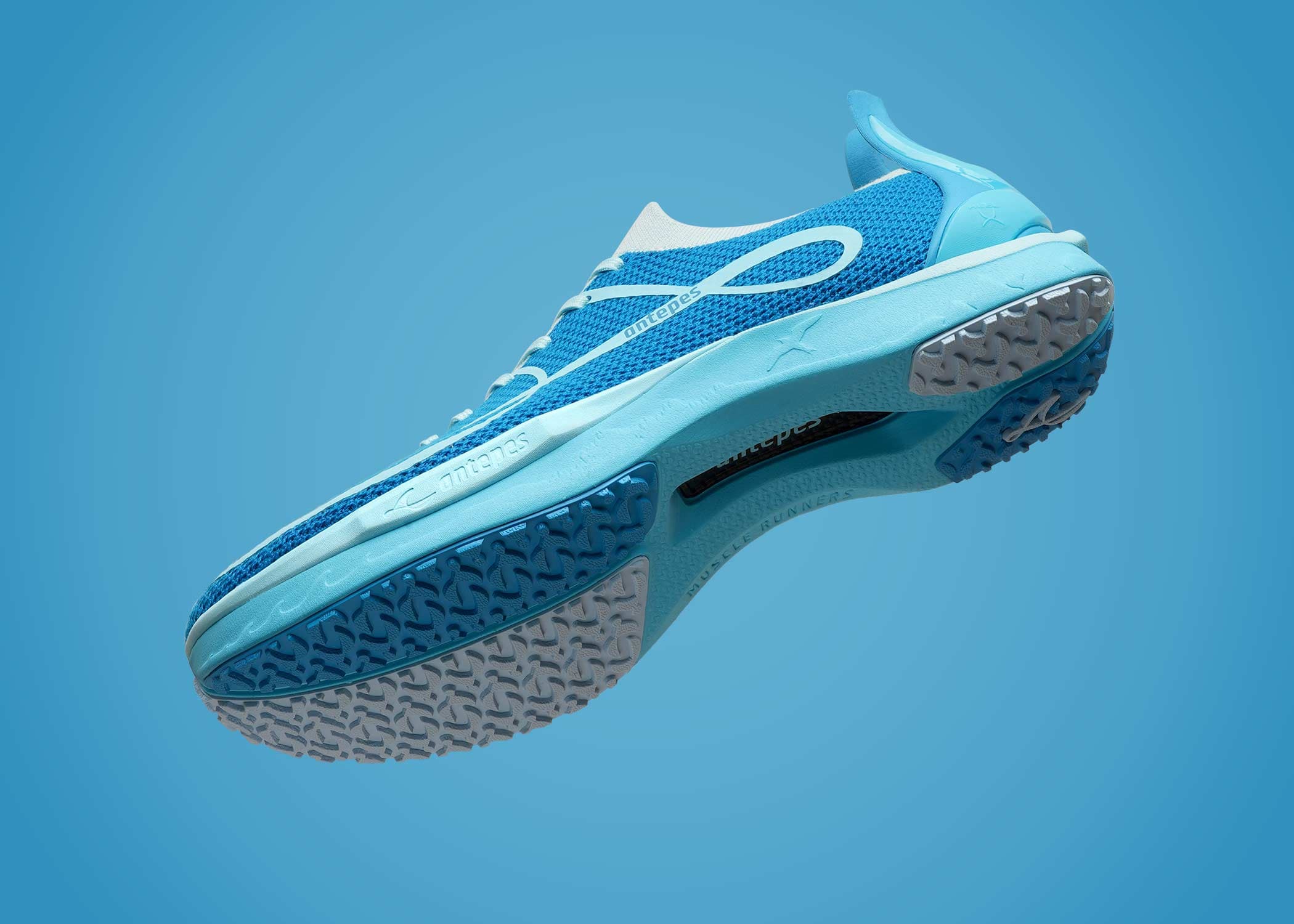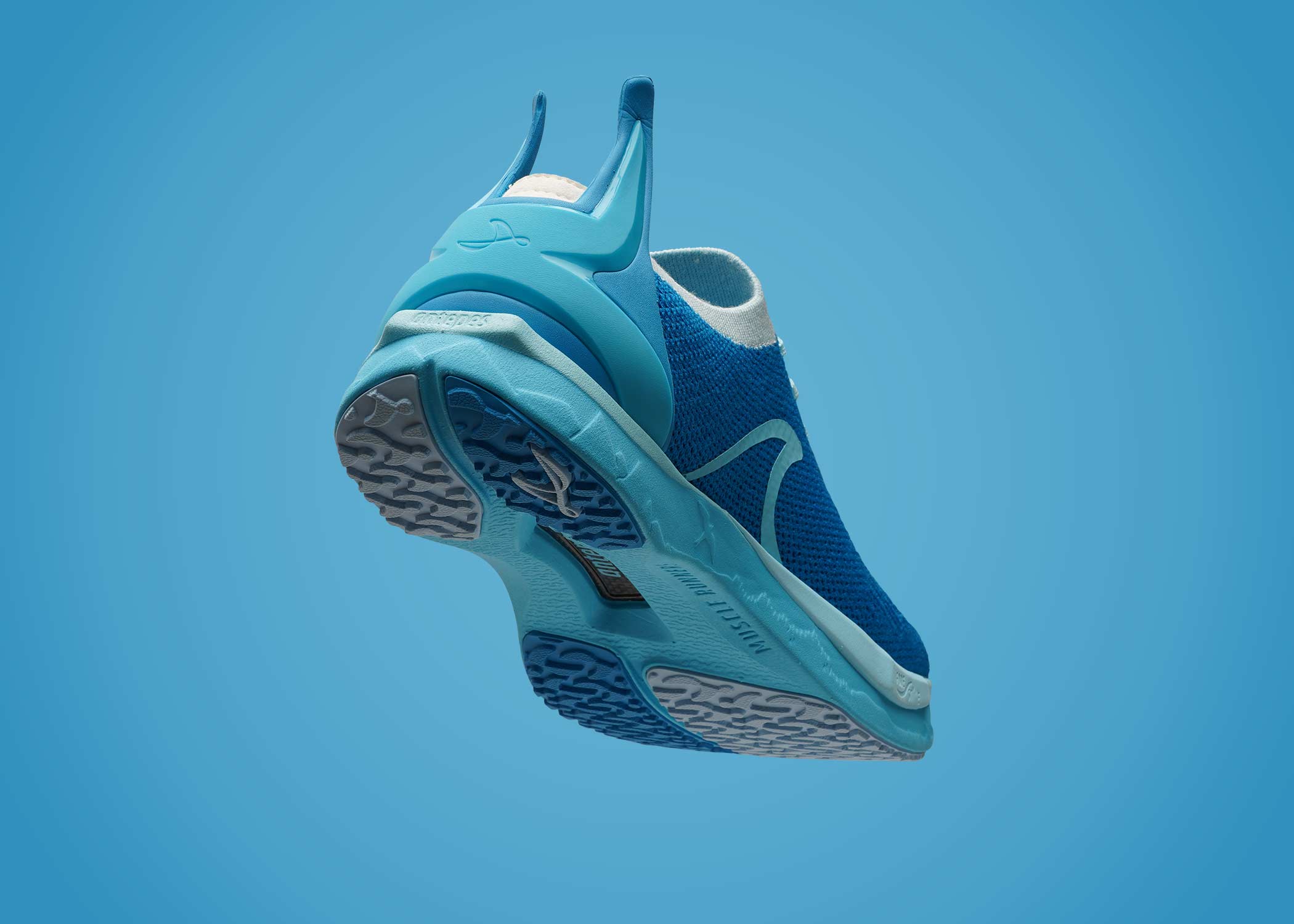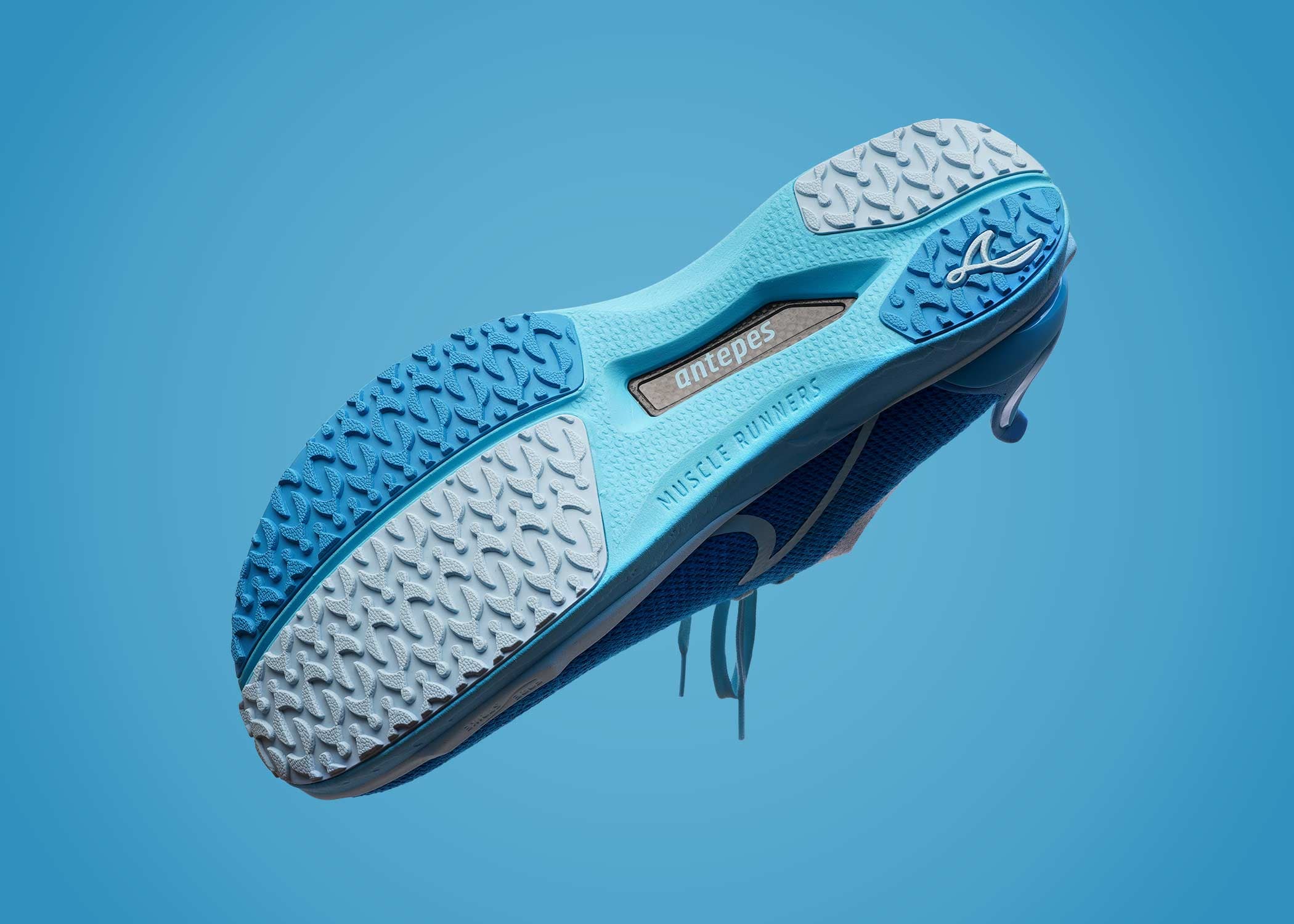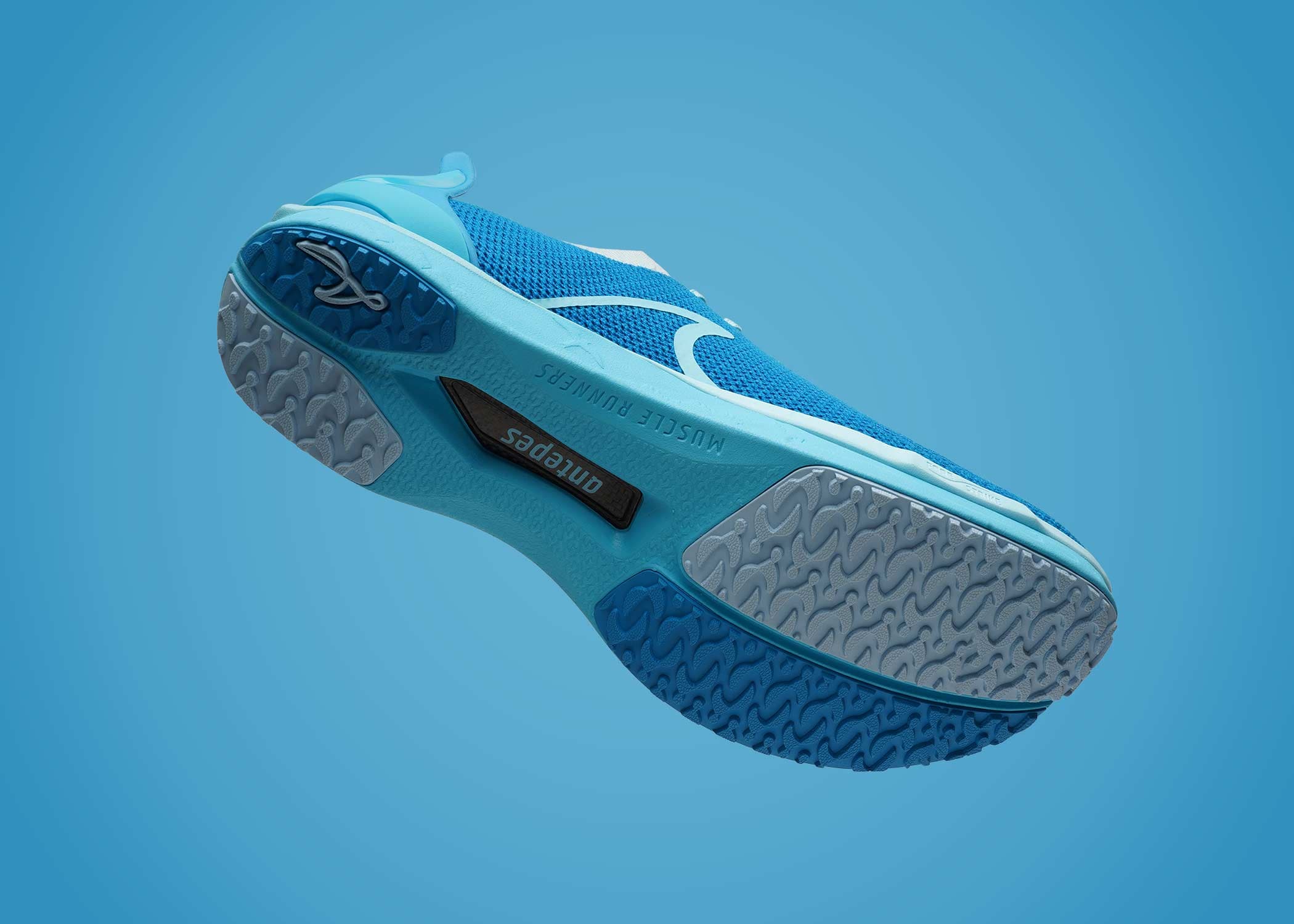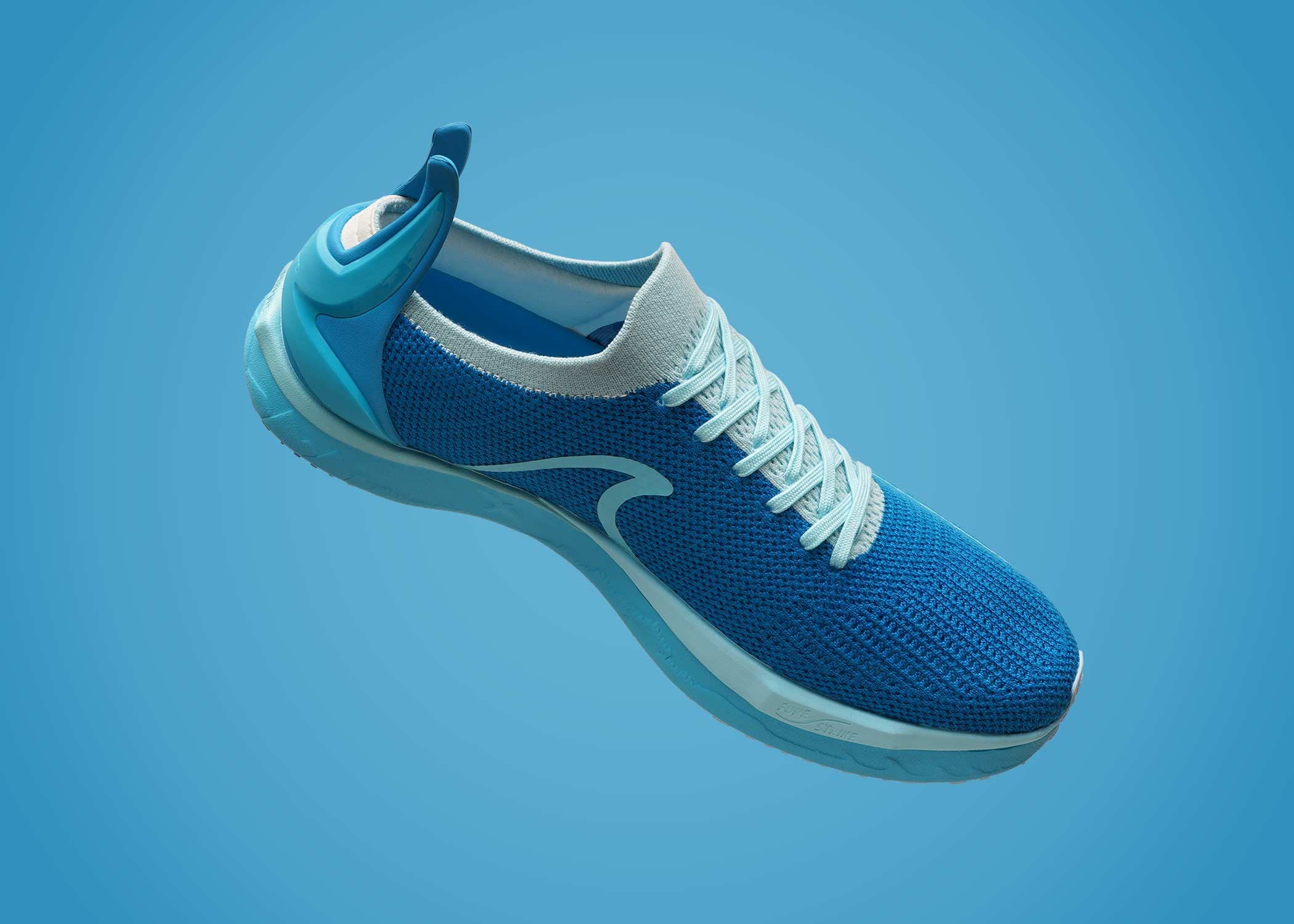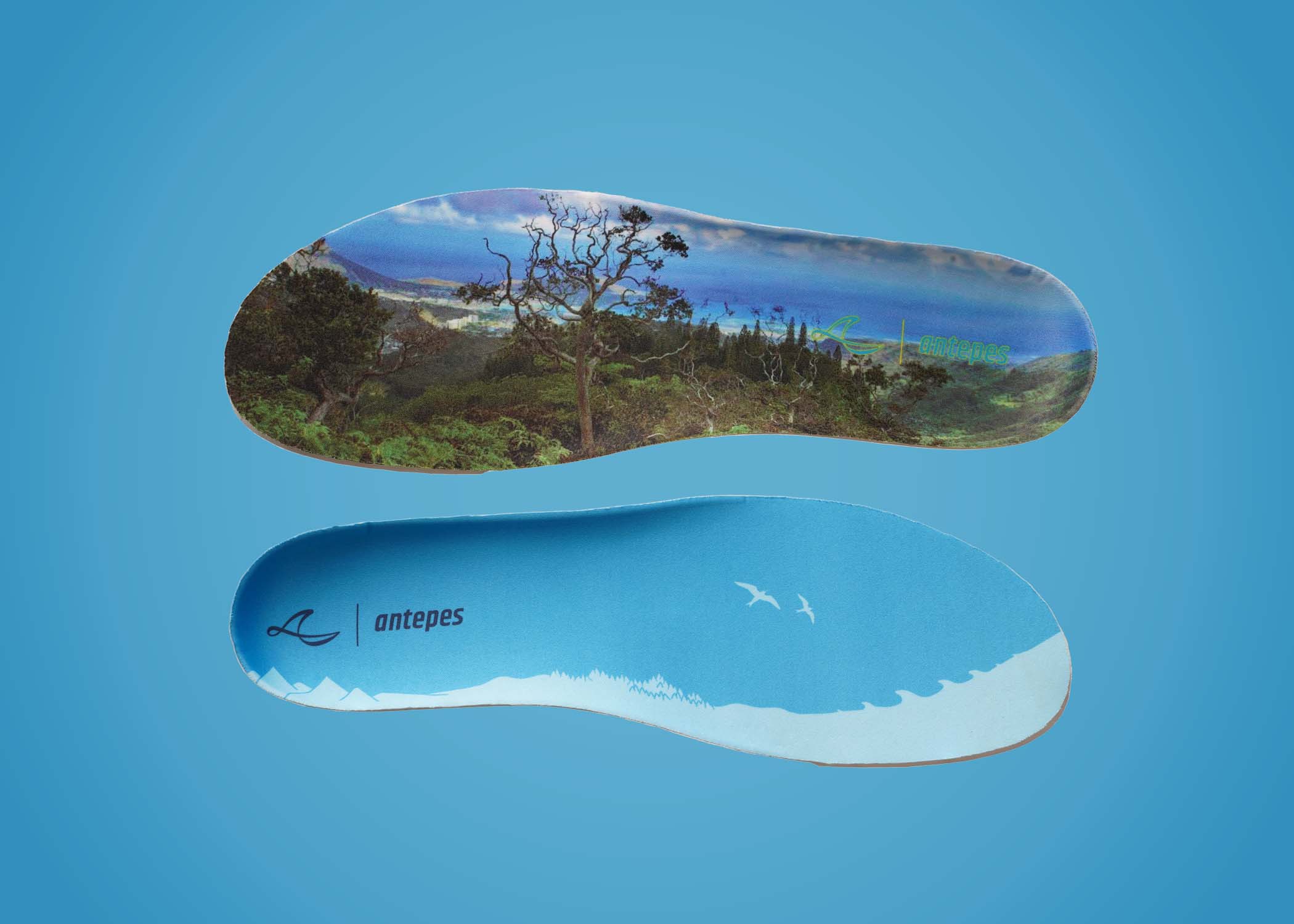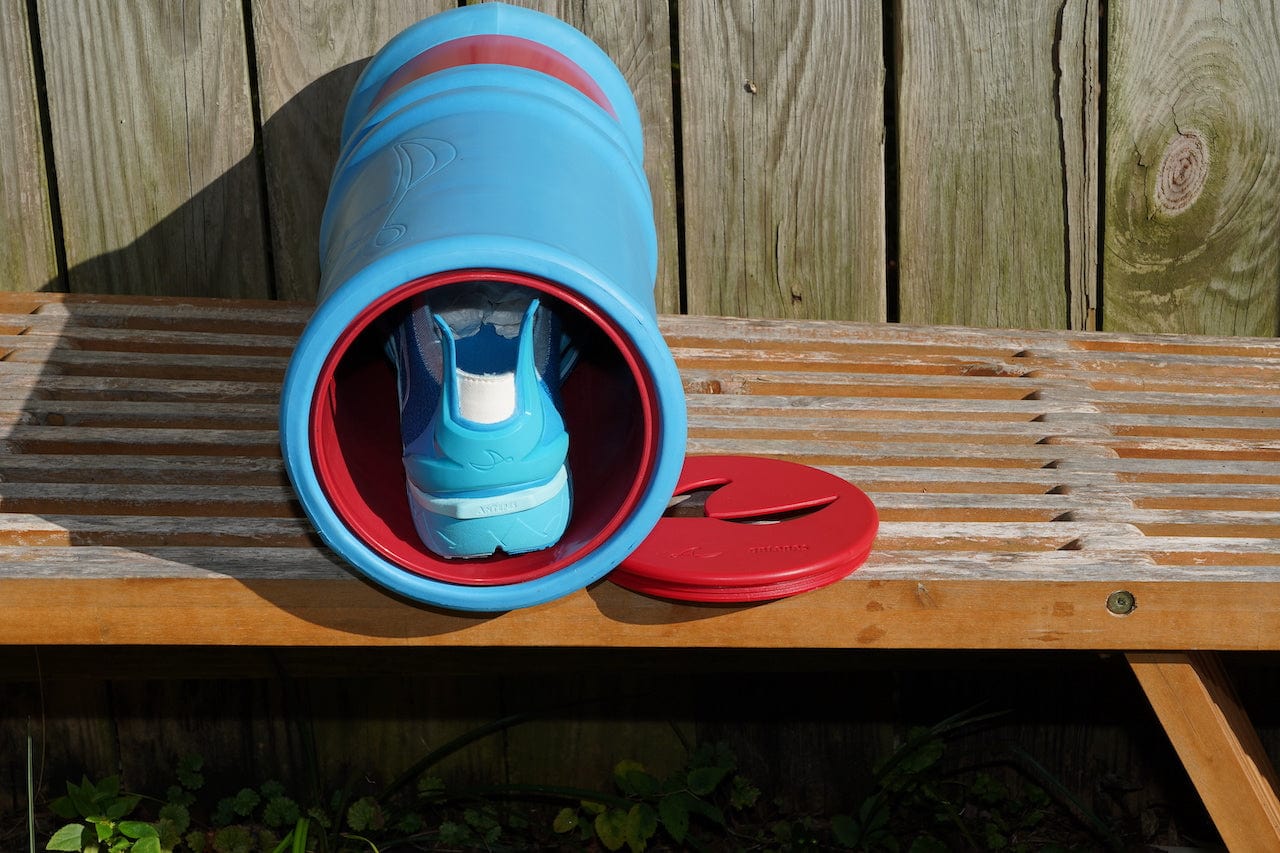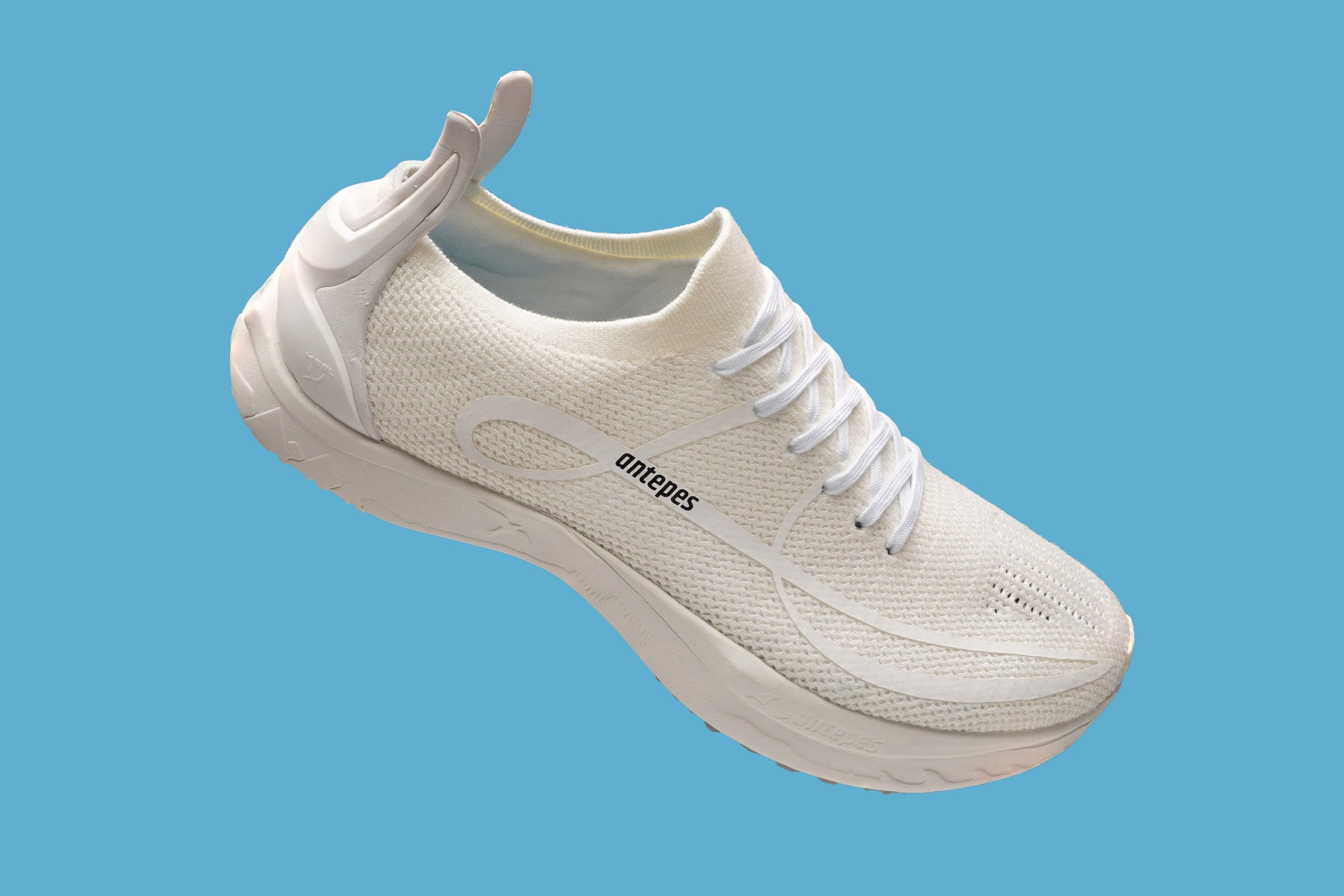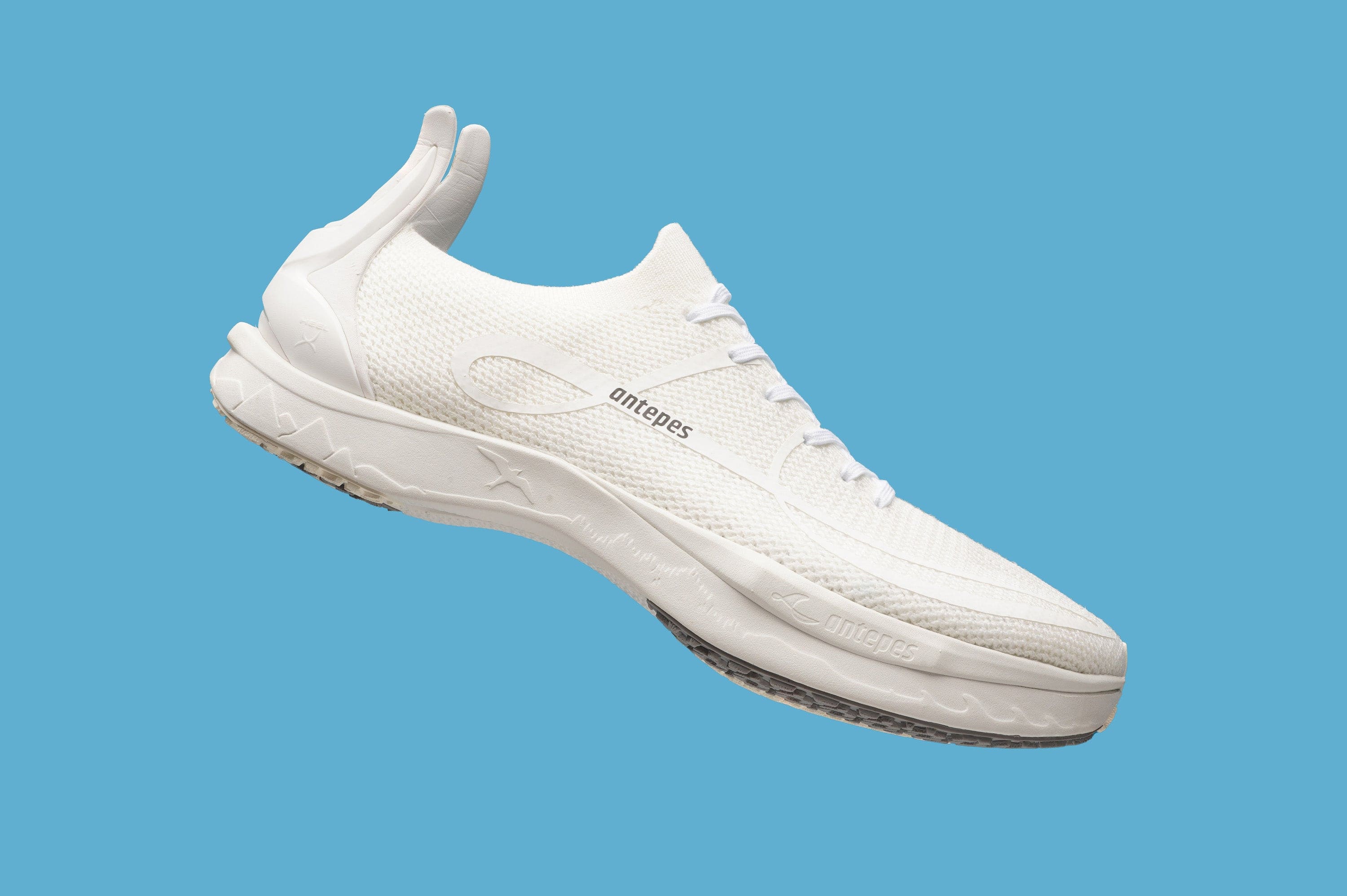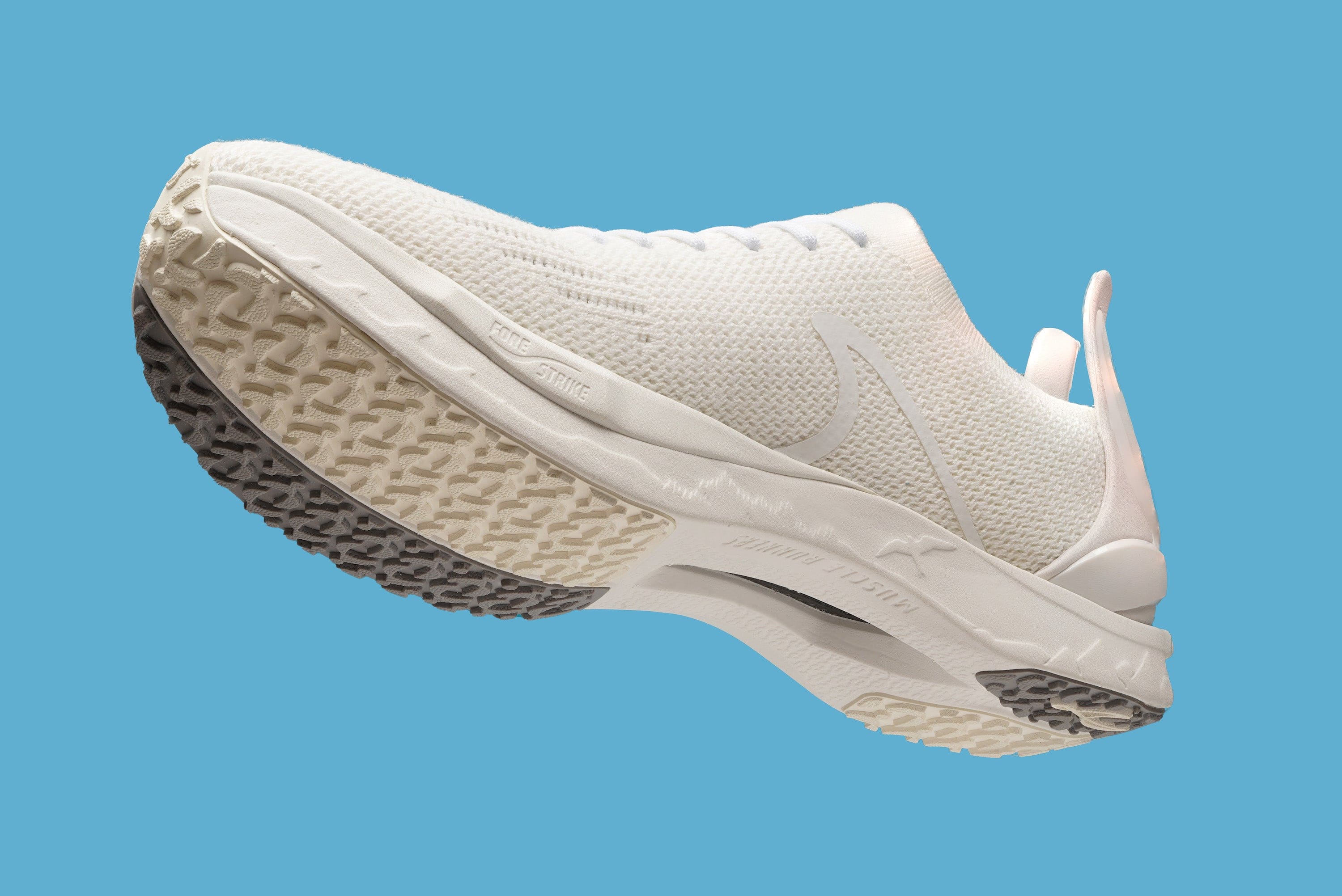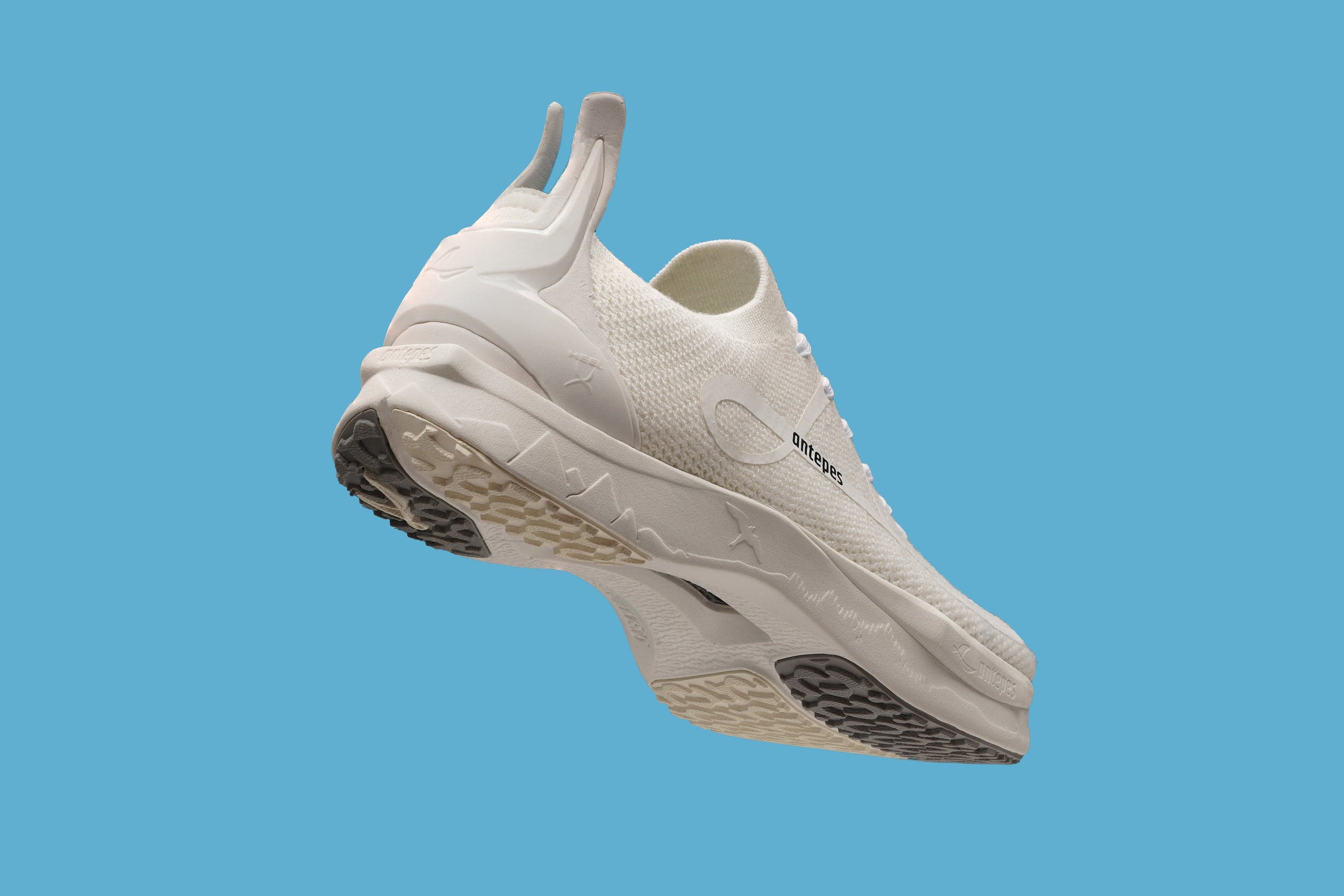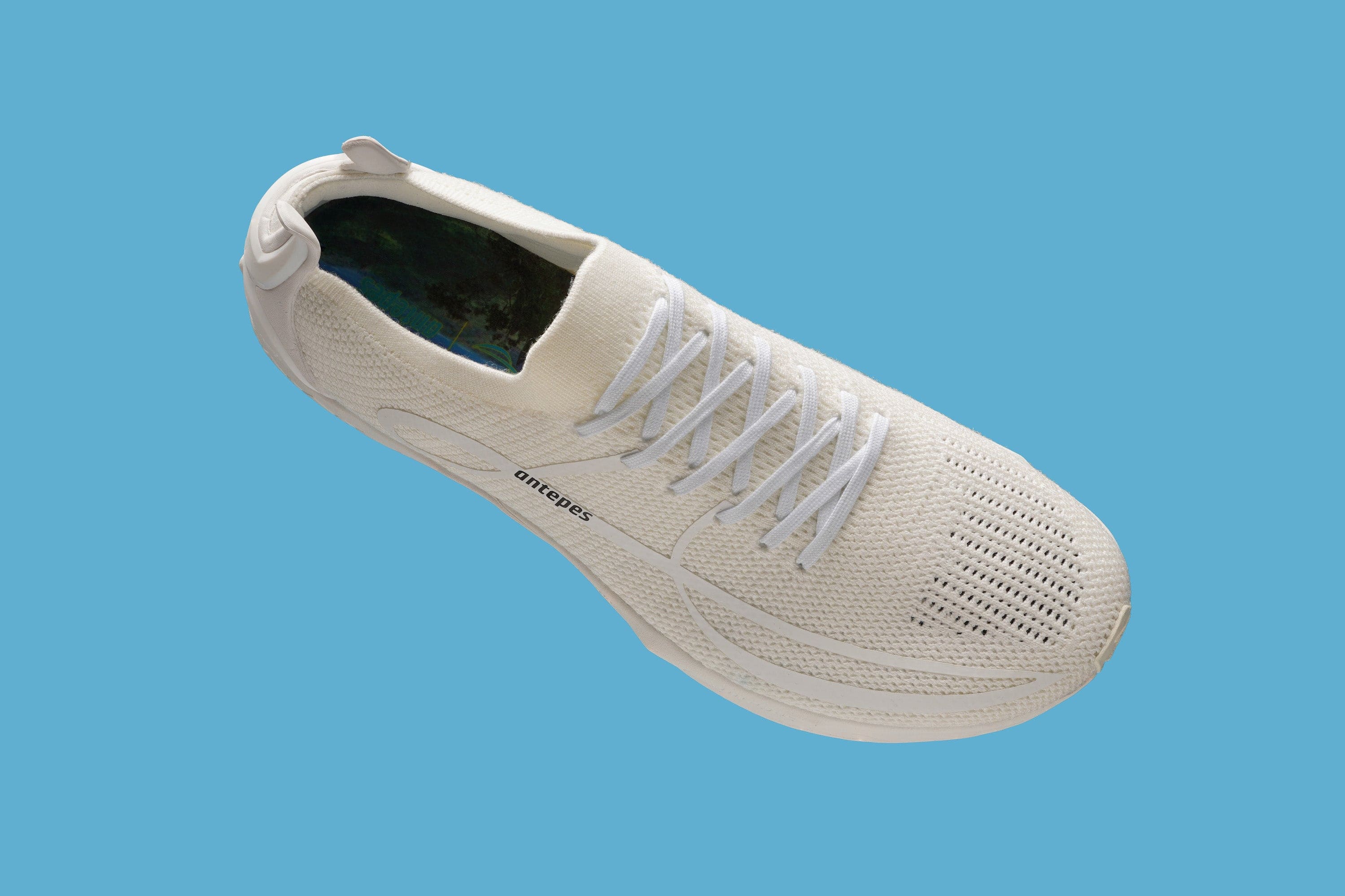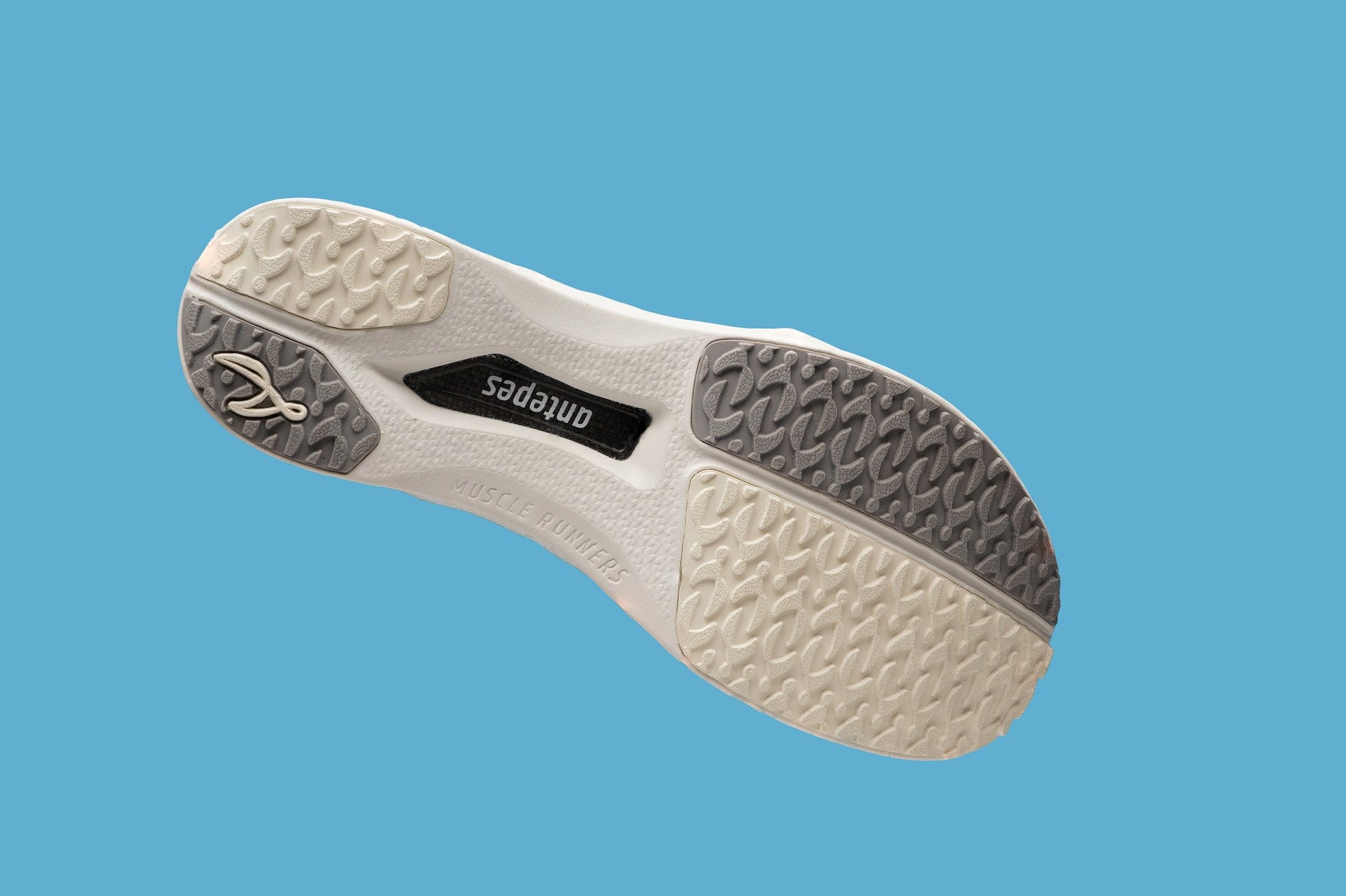In our last post, we showed that that Muscle Runners were far superior to conventional running shoes in terms of sprint speed and ground contact time. Now, it’s the big match-up – just how do Muscle Runners compare against some of the latest sprint spikes?
Our sports scientists pitted the designed-for-speed Muscle Runners against a traditional running shoe and a sprint spike. The shoes were tested over two speed conditions: 30m at 80% speed and 30m at 100%. Specifically, the sports scientists measured:
1: Sprint performance (timed, ground contact time & mean stride time)
2: Lower leg muscle activation (via electromyography)
3: Achilles tendon stress (normal force and Achilles tendon cross-sectional area)
Regarding the Achilles tendon test. These tendons are crucial (as are other tendons) for speed and power production. Think of them as springs. For optimal sprint speed production these bands of soft tissue, namely fascia which is made up of collagen, need to return energy fast and the shoes you are wearing are crucial. Some, as we indicated in the last post waste energy, whilst others such as Muscle Runners help with its return.
Training shoes were easily beaten in the 30m flat-out sprint...
Again referring to the previous post we showed how conventional training shoes were easily beaten in the 30m flat-out sprint - the average time was 3.94sec in them and 3.83sec in Muscle Runners.
Spikes v Muscle Runners
So, what about the sprint spikes, could Muscle Runners give them a good race? You’ll have noted that the average 30m sprint time was 3.83sec in Muscle Runners. Well, the average time in spikes was 3.78sec. So, just five milliseconds of a second separated the two shoes on average. Impressive – remembering that one had pins which enhance traction.
Ground contact times
The measured GCT for the 30m sprint at 100% was 0.135 +/-0.016sec for the spikes and 0.140sec =/-0.004sec for the Antepes. So, yes, it’s another victory for the spikes but only five milliseconds separated the two shoes on average. This compared with a gulf of 30 milliseconds for the Antepes versus the conventional running shoes.
Force

Muscle Runners and sprint spikes at max velocity generated very similar force levels (measured in Newtons)*. There was, however, very slight variation in how this force was produced (see graph). Basically, the spikes’ max force peaked marginally quicker than that of the Antepes. In terms of residual force, after the peak Muscle Runners delivered similar amounts but for marginally longer. Here the conventional running shoes were again in the long grass.
In terms of the Antepes sprint spike force match-up, we would suggest the variation is due to the design of the Antepes’ fore-foot (and its patented ForeStrike and ForeSpring technologies) compared to that of the sprint spike with its different technologies and materials and of course pins. This also chimes with feedback from elite long jumpers who tested the Antepes and could feel the difference between spikes and Muscle Runners when it came to GCT and the way that the force was delivered. The elite athletes discerned a slightly different force curve to that which would be expected in spikes. The push seemed to come that little bit later – of course over-time this became less noticeable.
Achilles Tendon Stress
Achilles tendon stress represents the cross-sectional movement and width measurements indicative of tendon activation and training. The close match-up between the built for speed Muscle Runners and the sprint spikes continued. At 80% speed over 30m the Antepes were slightly superior in terms of force, whilst at 100% they compared to spikes. It’s important that you train your Achilles tendons to become better “springs”, and this and other results from our study, indicate how Antepes speed shoes are a great tool for achieving this.

Huge benefits for non-track training
Here the shoes’ ability to create much faster than conventional running shoe ground contact times and near to sprint spike sprint times will result in greater training transfer.
With very slight losses to the sprint spikes in terms of 30m sprint time and ground contact time and marginal victories in terms of Achilles tendon force and a near match in terms of force production, these results (and others identified in the previous post: Antepes v conventional running shoes) - show just how dynamic Antepes’ built-for-speed shoes are. They can be worn when it’s not possible to wear spikes – for example, on the road when doing hill sprints. Here the shoes’ ability to create much faster than conventional running shoe ground contact times and near to sprint spike sprint times will result in greater training transfer.
This will also be particularly beneficial when it comes to doing sprint drills and other sprint prep work in training sessions before you would normally put your sprint spikes on. This could also apply to training phases where spikes are not usually used.
Conventional running shoes could be slowing you down
If your neuromuscular system is repeatedly (but systematically) subjected to higher velocities, quicker ground contact times and force production capabilities then it’s going to be a win all around. Wearing conventional training shoes could take the edge off speed development. And with the gap between sprint spikes and Muscle Runners being such a small one there are seemingly huge benefits. In an activity where milliseconds count regular Antepes use offers greater potential for speed development.
Some of the study was carried out by University of Calgary's Biomechanigg Lab in 2024
- Force = mass x acceleration


